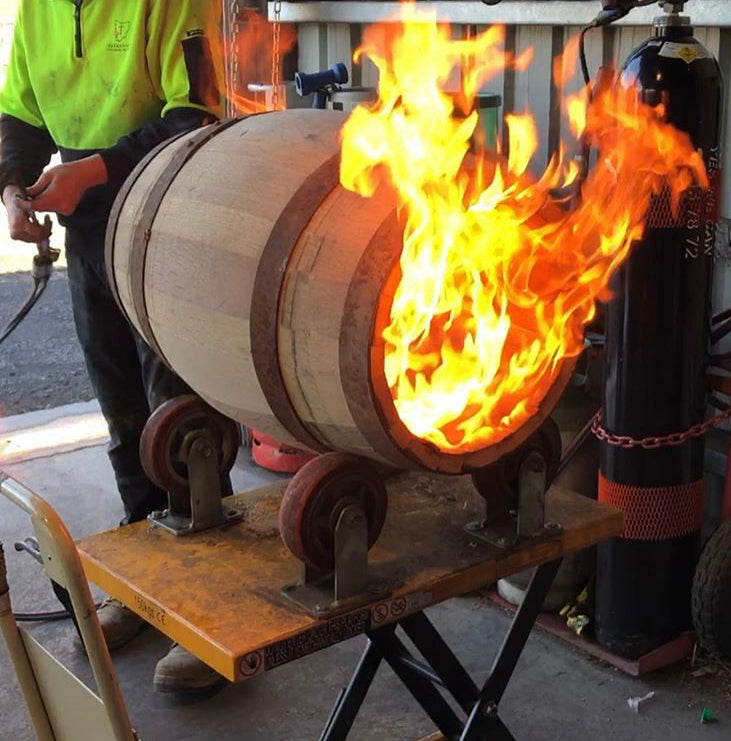Charring is not done to create any sort of smokiness in whisky or because it is a great thing to watch being done.
The purpose of toasting and/or charring (we will just call it charring from here on) is to change the very nature of the wood and hence to allow for the best possible reaction between wood and whisky.
That reaction increases after the charring as the heat and flame cracks the wood, meaning there is more surface area for the spirit to interact with. The greater the surface to spirit ratio the more flavour will be derived.
Each distillery will choose the level of char that they think will deliver the flavour and colour profile they want for their spirit. The difference between the levels of char is obtained by varying the time that the casks are burned.
Of course, burning wood creates carbon so a layer of carbon is created on the surface of the inside cask wood. This layer acts as a filter and works to remove the harsh wood tannins as well as compounds such as sulphur. This filtering will make the whisky smoother over time.
Chemical reactions also take place within the wood as it heats, and these changes generate different flavours.
As the wood burns, starches in the wood are broken down into sugars.
These compounds create toffee or caramel flavours and because of the increased surface area produced by the char, there is a lot more starch for the spirit to work on.
Wood also contains a substance called Lignin. It is lignin that holds the wood’s cells together. During the charring the chemical reaction that impacts lignin produces (among other things) vanillin and spicy flavours.
Oak lactones in the wood contribute are key to the aroma imparted by the casks. Charring removes the lactones meaning a high level of char will have removed most of it and that means less of a wooded note in the whisky.
If the cask or the cask wood has been used previously the sugars left in the wood by the previous liquid will also be carmalised during charring and contribute to the flavour and aroma of the whisky. For this reason distilleries (apart from bourbon distilleries) seek out wood from barrels that have been used to mature bourbon, wine, port, sherry and brandy among other things.


